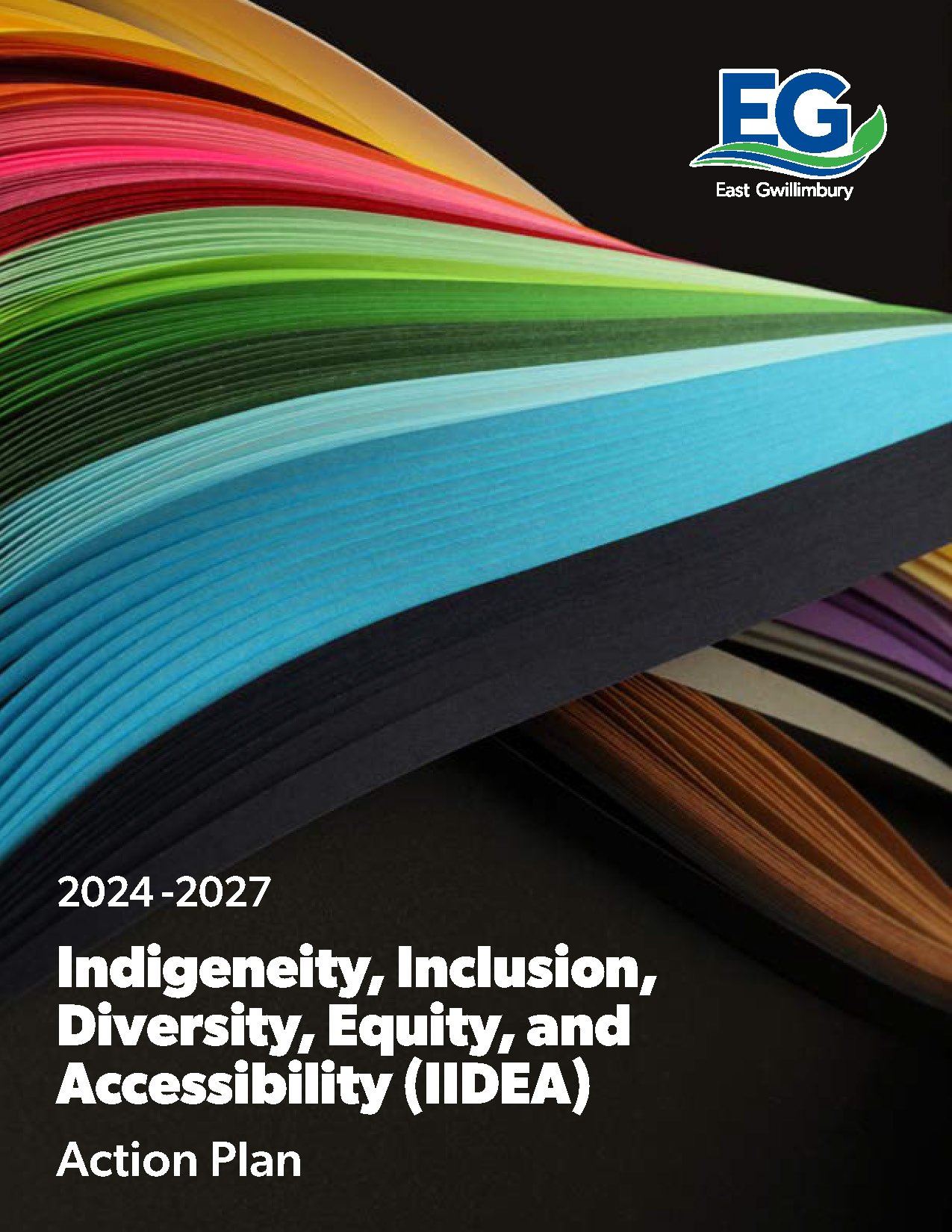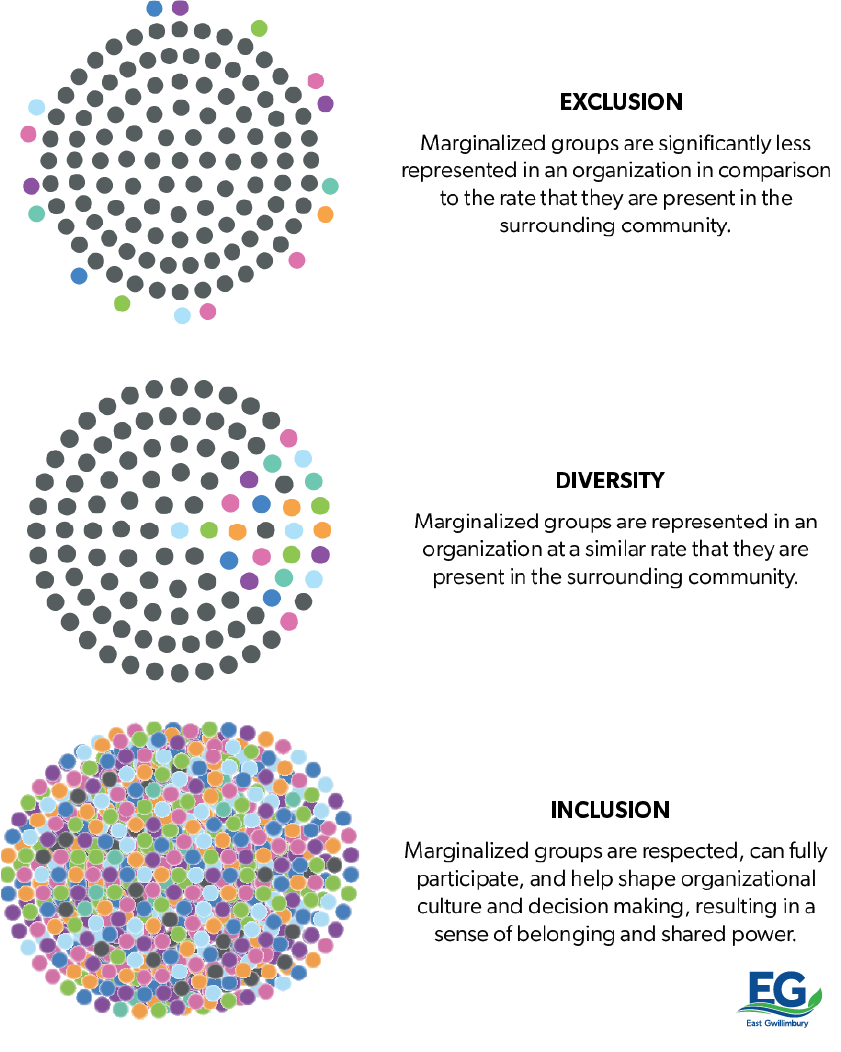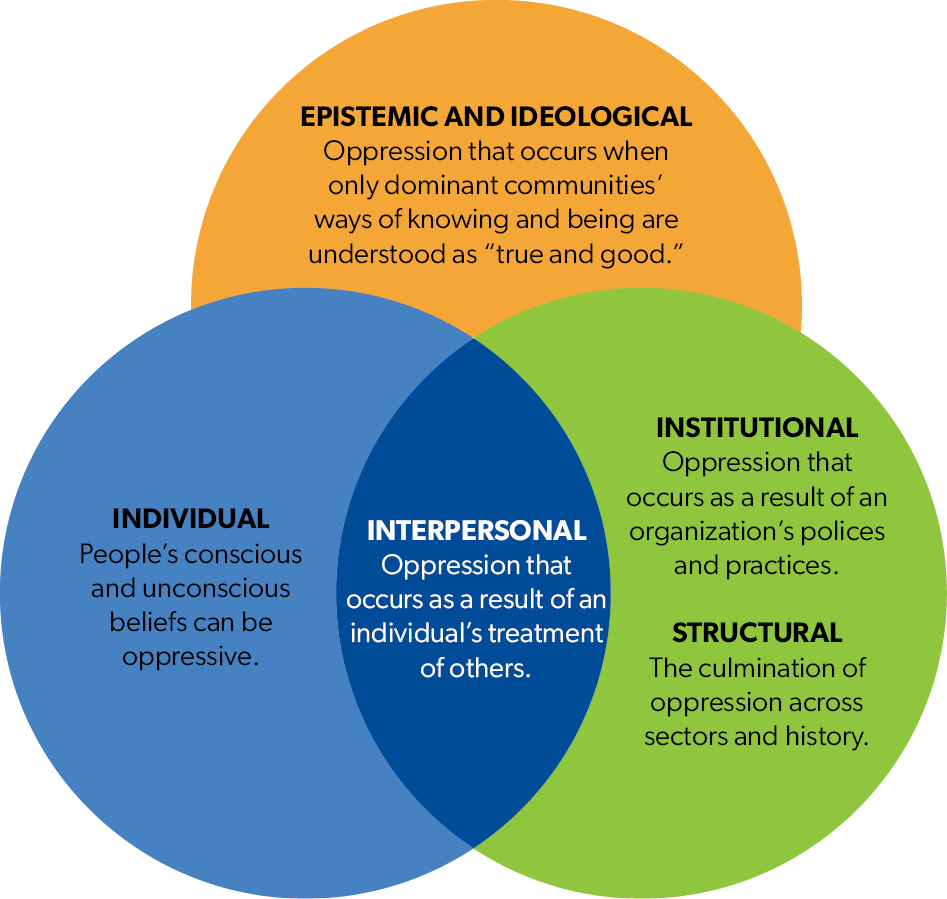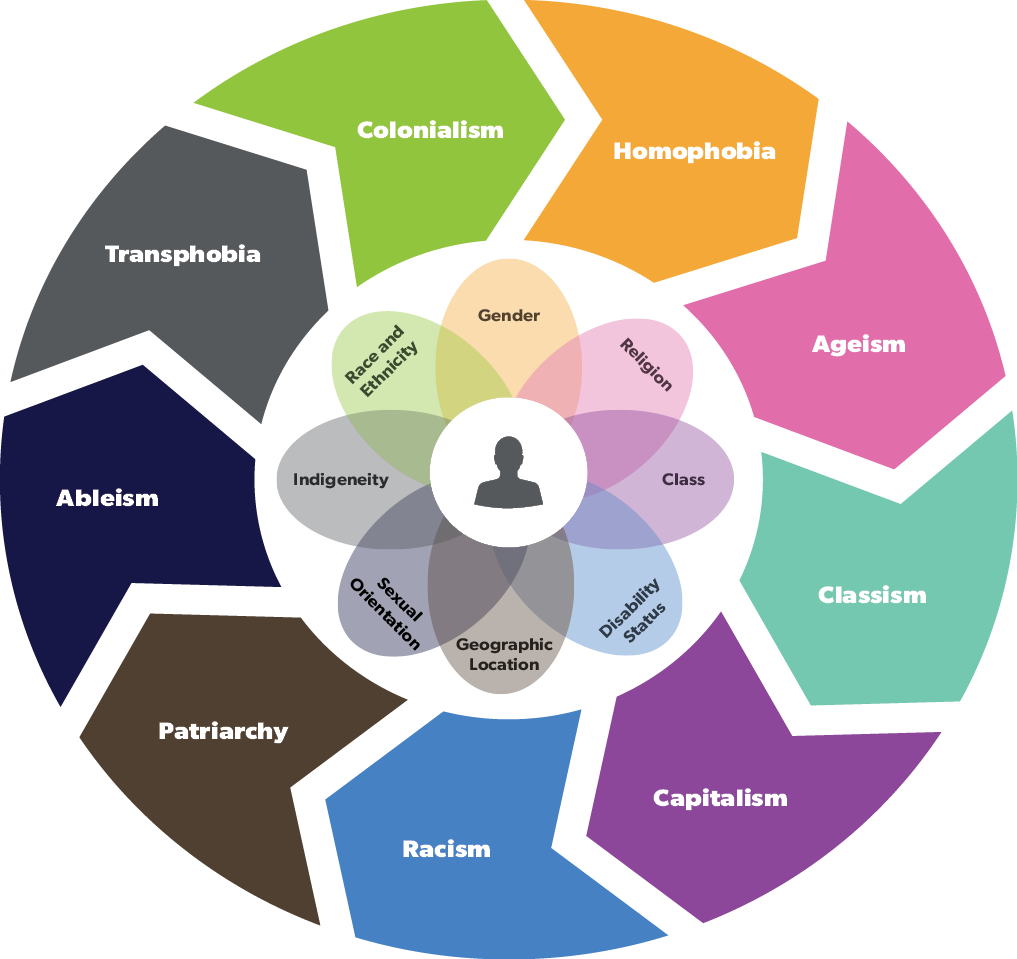IIDEA Action Plan
EG’s 2024-2027 IIDEA (Indigeneity, Inclusion, Diversity, Equity, and Accessibility) Action Plan
Approved by EG Council in October 2024, the IIDEA Action Plan identifies 73 internal and external-facing initiatives that will guide the Town’s work and contribute to a community where diversity is celebrated, programs, spaces, and services are accessible and equitable, and everyone feels a sense of belonging. The Action Plan identifiesspecific priorities, keeps us accountable, and ensures effectiveness of our work. It also serves as a story-telling and educational resource, sharing information about the Town’s IIDEA initiatives that are already underway and offering graphics and a glossary to support further learning.
Building upon foundational work of the statements made in the 2019 York Region Inclusion Charter, EG’s 2021 Equity, Diversity, and Inclusion (EDI) Framework, and the EG - You Belong Employee Experience Strategy, the Town is shifting from using the acronym EDI to IIDEA. The term IIDEA (Indigeneity, Inclusion, Diversity, Equity, and Accessibility) better captures an increased focus on Indigeneity and accessibility.
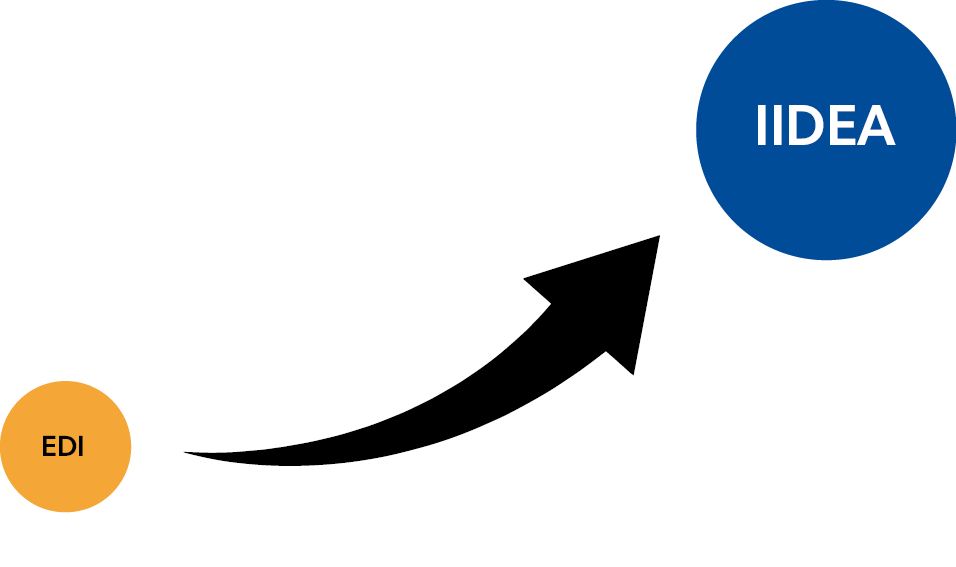
The IIDEA Action Plan aligns with the Town’s commitments as stated in the York Region Inclusion Charter, which EG signed on April 10, 2019, with human-rights, accessibility, and equity legislation and it furthers the Town’s Truth and Reconciliation journey. Taking a beyond-compliance approach, this multi-year plan strives act upon our deeper commitment to this work and the communities we serve. As we grow, the commitments made to social sustainability in the 2022-2026 EG’s Strategic Plan will only become more vital to all employees and residents being able to thrive.
To ensure accountability, bi-annual reports will be shared on EG’s IIDEA webpage to capture progress and the work remaining. Annual updates will also be provided to EG Council.
Please see below for further information about the key concepts used within the IIDEA Action Plan.
Key Concepts and Further Learning
| Communities of Focus |
|
The Plan’s initiatives are organized around communities of focus, the forms of oppression they face, and related anti-oppressive approaches that can help to challenge and dismantle existing barriers and inequities at interpersonal and structural levels: Indigenous Peoples Black People/People of African Descent Racialized People and Minoritized Faith Groups People who Identify as 2SLGBTQIA+ and/or Women Disabled People/ Persons with a Disability |
| Diversity and Inclusion |
|
Diversity is the demographic mix of a group, community, or organization, with a focus on the representation of communities that are marginalized and historically excluded. |
| Equity |
E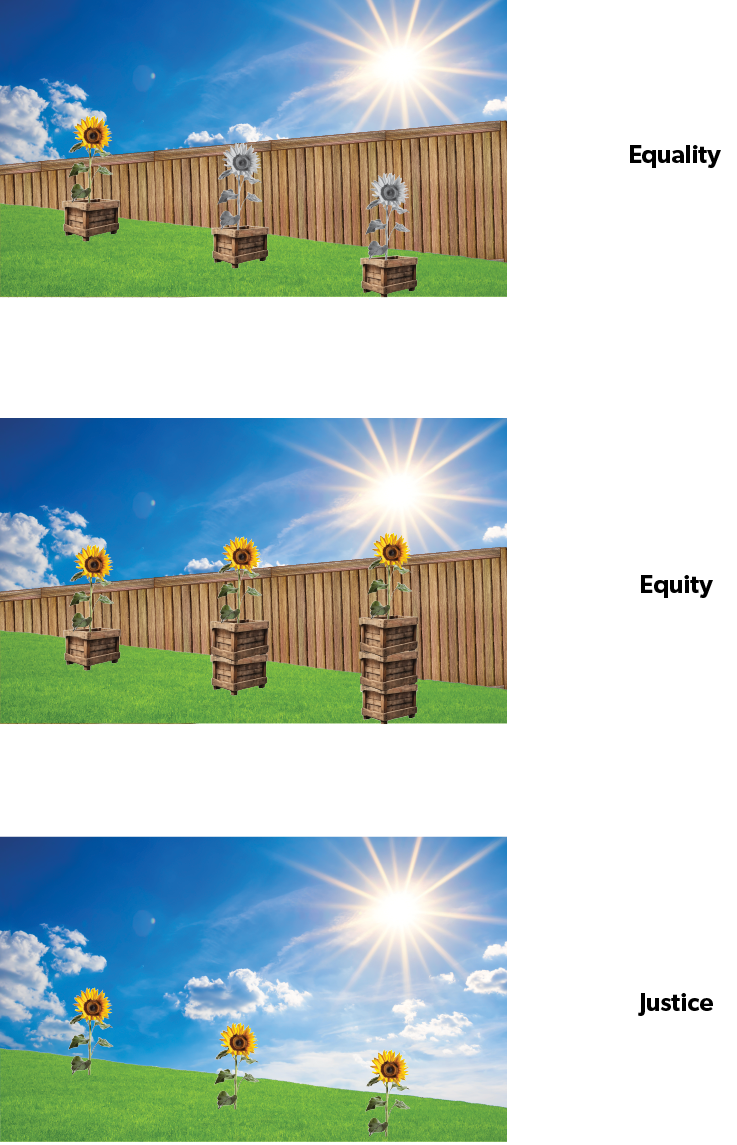 quity is an approach that recognizes that barriers exist in our society as a result of systems of oppression. Whereas equality is an approach to justice and fairness that provides everyone with the same resources, equity seeks to reduce and remove the barriers that marginalized communities face by providing the necessary resources and supports. quity is an approach that recognizes that barriers exist in our society as a result of systems of oppression. Whereas equality is an approach to justice and fairness that provides everyone with the same resources, equity seeks to reduce and remove the barriers that marginalized communities face by providing the necessary resources and supports. |
| Indigeneity |
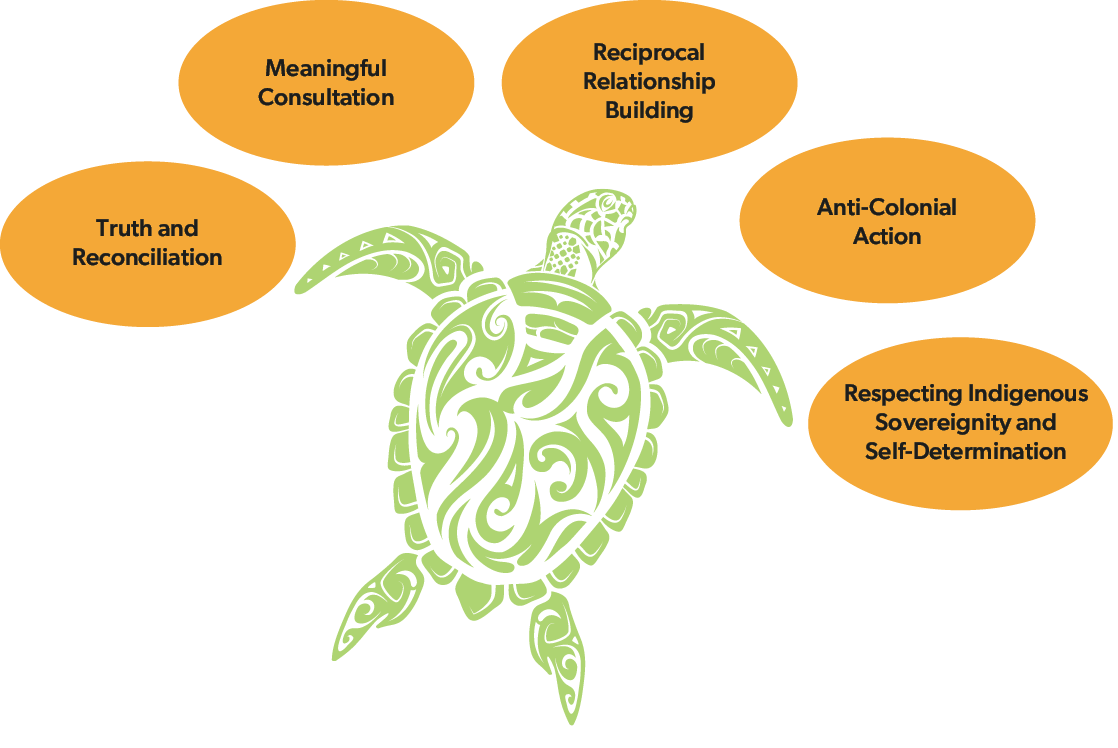
Indigeneity is a term that has emerged to describe the state of being Indigenous or related to Indigenous-ness. In the context of the IIDEA Action Plan, the term Indigeneity also indicates that the scope of this work will include strengthening relationships with Indigenous communities, engaging in a Truth and Reconciliation journey, and taking anti-colonial action, to counteract the historical and current violence of settler colonialism. While Indigenous Peoples face inequities, Indigenous thought leaders have stated that Indigenous communities should not be referred to as equity-seeking/deserving groups, as this work is better framed as being concerned with their self-determination, sovereignty and protection of the land and water. Indigenous Peoples are the original inhabitants of this land and have unique status and rights that are recognized under Section 25 and 35 of the Constitution. |
| Accessibility |
|
Accessibility refers to the design of products, devices, services, or environments for people who have disabilities. Relevant to accessibility is the social model of disability, which understands that physical environments and mental attitudes create barriers as the source of what is ‘disabling’, rather than the conditions of a disabled person. Also relevant to accessibility is the concept of universal design, which is the approach of designing products and environments to be usable by all people, to the greatest extent possible, without need for adaptation or specialized design. Although this Action Plan’s initiatives reference the Accessibility for Ontarians with Disabilities Act (AODA) requirements and the Town’s Multi-Year Accessibility Plan, it strives to go beyond compliance. This Action Plan therefore includes accessibility-related initiatives that exceed legislative requirements and incorporates approaches influenced by the social model of disability, universal design and disability justice.
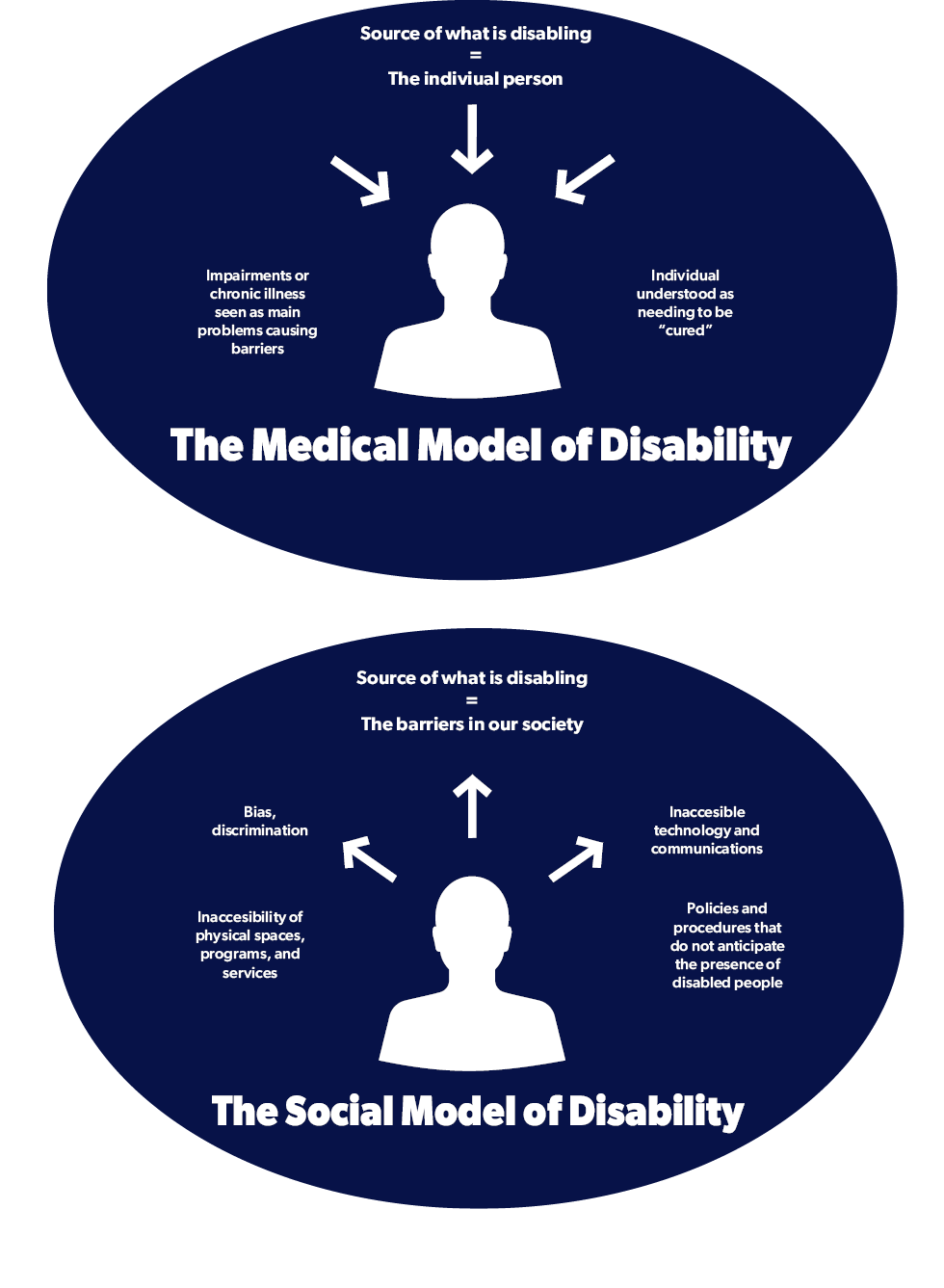 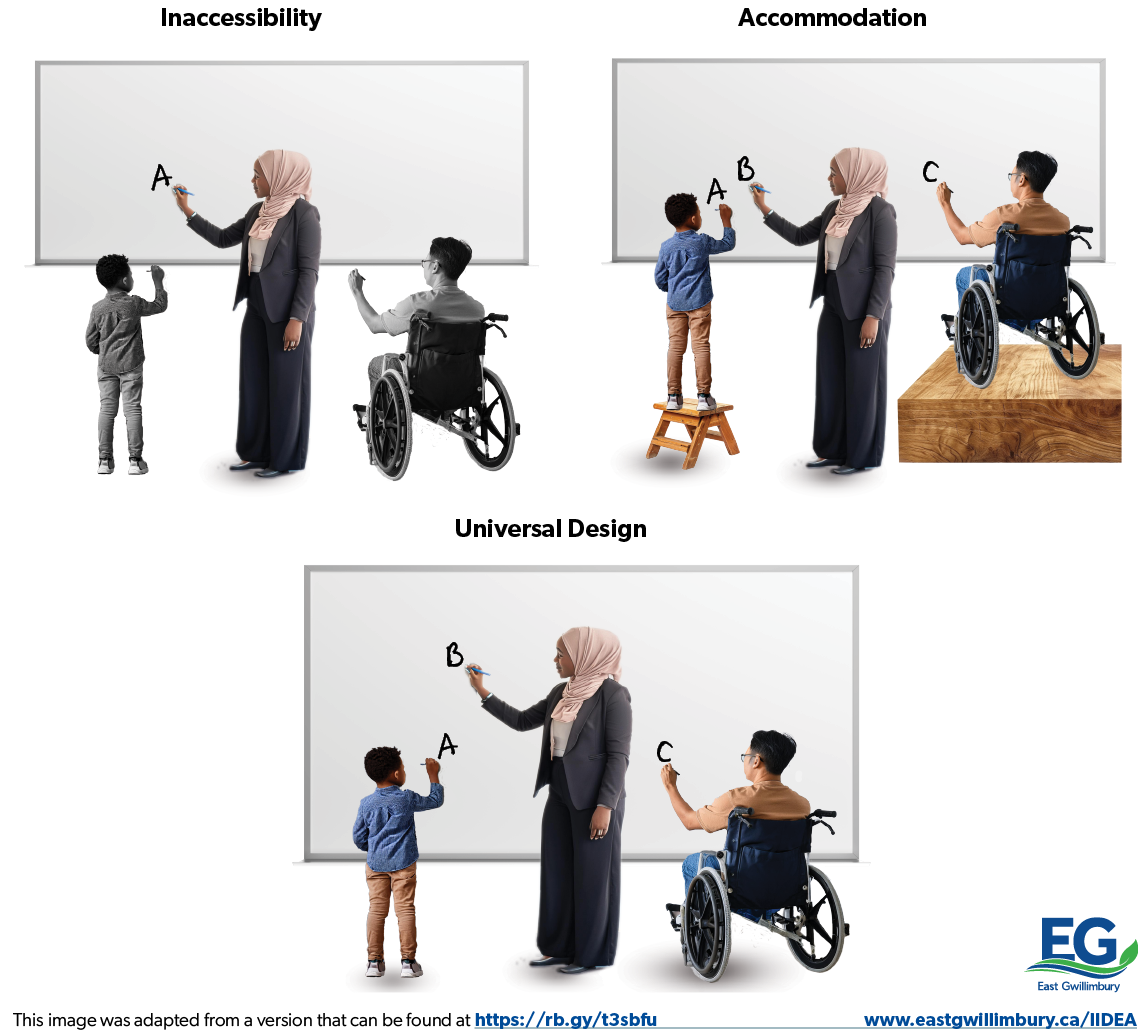 |
| Anti-Oppression |
|
An anti-oppression approach involves IIDEA work at all levels that oppression manifests: personal, interpersonal, institutional, structural and epistemological/ideological levels. First coined by critical race theorist Kimberlé Williams Crenshaw, intersectionality is a theory that helps to guide anti-oppressive analysis and action. Intersectionality makes evident that we do not live single issue lives, rather, marginalized social identities and systems of oppression interlock and intersect to form unique experiences of discrimination and disadvantage. For example, Moya Bailey coined the term “misogynoir” to name that Black women often face discrimination and negative stereotypes that are shaped by both anti-Black racism and misogyny. Anti-oppressive approaches therefore must also be intersectional.
|
| Inequities in Canada |
|
It is helpful to understand IIDEA work as a vital response to existing inequities that persist across Canada at municipal, provincial, and national levels. Inequities refer to unjust disparities that directly harm marginalized communities in all facets of life, including access to wealth, resources, and opportunities. These inequities manifest in various sectors like education, healthcare, housing, and the criminal justice system in unique ways for various groups. Inequities are not a result of any kind of imagined shortcomings of marginalized communities, but rather are created and sustained by intersecting forms of oppression, such as racism, homophobia, transphobia, ableism, sexism, and colonialism. The following is a list of only a few examples from the vast inequities within Canada: Unfair Treatment and Discrimination:
Workplace Discrimination:
Economic Disparities:
Health Inequities:
|
Contact Us
Our Customer Service Team is here to help!


